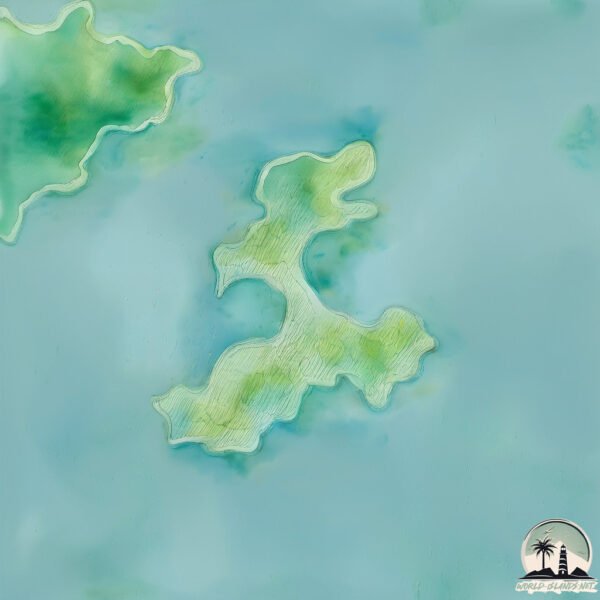Welcome to Cheung Chau , a Temperate island in the South China Sea, part of the majestic Pacific Ocean. This guide offers a comprehensive overview of what makes Cheung Chau unique – from its geography and climate to its population, infrastructure, and beyond. Dive into the details:
Geography and size of Cheung Chau
Size: 2.77 km²Coastline: 13.3 kmOcean: Pacific OceanSea: South China SeaContinent: Asia
Cheung Chau is a Small Island spanning 2.8 km² with a coastline of 13.3 km.
Archipel: –
Tectonic Plate: Yangtze – A minor tectonic plate in East Asia, often considered a part of the Eurasian Plate. It’s primarily continental and covers the Yangtze River area in China, playing a significant role in the region’s geological stability.
The geographic heart of the island is pinpointed at these coordinates:
Climate and weather of Cheung Chau
Climate Zone: TemperateClimate Details: Monsoon-Influenced Humid Subtropical ClimateTemperature: Hot Summer
Climate Characteristics: Known for hot, humid summers with significant monsoon rains, contrasted by mild, drier winters.
Topography and nature of Cheung Chau
Timezone: UTC+08:00Timezone places: Australia/PerthMax. Elevation: 21 m Mean Elevation: 16 mVegetation: Mixed ForestTree Coverage: 72%
The mean elevation is 16 m. The highest elevation on the island reaches approximately 21 meters above sea level. The island is characterized by Plains: Flat, low-lying lands characterized by a maximum elevation of up to 200 meters. On islands, plains are typically coastal lowlands or central flat areas.
Dominating Vegetation: Mixed Forest
Vegetation: 6 vegetation zones – Very Highly Diverse Island
Infrastructure and Travelling to Cheung Chau
Does the island have a public airport? no .
Does the island have a major port? no .
The mean population of Cheung Chau is 8571 per km². Cheung Chau is Densely Populated. The island belongs to China .
Continuing your journey, Lamma Island is the next notable island, situated merely km away.
Hong Kong Great Outdoors|Island Gourmet Journey in Cheung Chau 咫尺自然 ‧ 就在香港|長洲小島尋味 1小時行山路線 必試星空露營
Extra-large fish balls, mango mochi, giant potato spirals, and lucky buns are some of the food in Cheung Chau or 'long island' that ...
Hong Kong Great Outdoors|Island Gourmet Journey in Cheung Chau 咫尺自然 ‧ 就在香港|長洲小島尋味 1小時行山路線 必試星空露營
Extra-large fish balls, mango mochi, giant potato spirals, and lucky ...
Extra-large fish balls, mango mochi, giant potato spirals, and lucky buns are some of the food in Cheung Chau or 'long island' that ...
TOP 10 FOODS on CHEUNG CHAU ISLAND
in Hong Kong
| Must Eat OGs | epic street food guide
Eat through and EXPLORE CHEUNG CHAU ISLAND WITH US! Why is Cheung Chau ...
Eat through and EXPLORE CHEUNG CHAU ISLAND WITH US! Why is Cheung Chau so famous? Cheung Chau is probably ...
Cheung Chau: The beach getaway at the heart of Hong Kong
This beach getaway is almost smack in the heart of Hong Kong. Here's ...
This beach getaway is almost smack in the heart of Hong Kong. Here's four things to do at Hong Kong's Cheung Chau Island.
China is classified as Emerging region: BRIC: Brazil, Russia, India, and China – Economies noted for their rapid growth and increasing influence on global affairs. The level of income is Upper middle income.
News – Latest Updates and Headlines from Cheung Chau
Stay informed with the most recent news and important headlines from Cheung Chau. Here’s a roundup of the latest developments.
Loading...
Please note: The data used here has been primarily extracted from satellite readings. Deviations from exact values may occur, particularly regarding the height of elevations and population density. Land area and coastline measurements refer to average values at mean high tide.

